Tomb 10
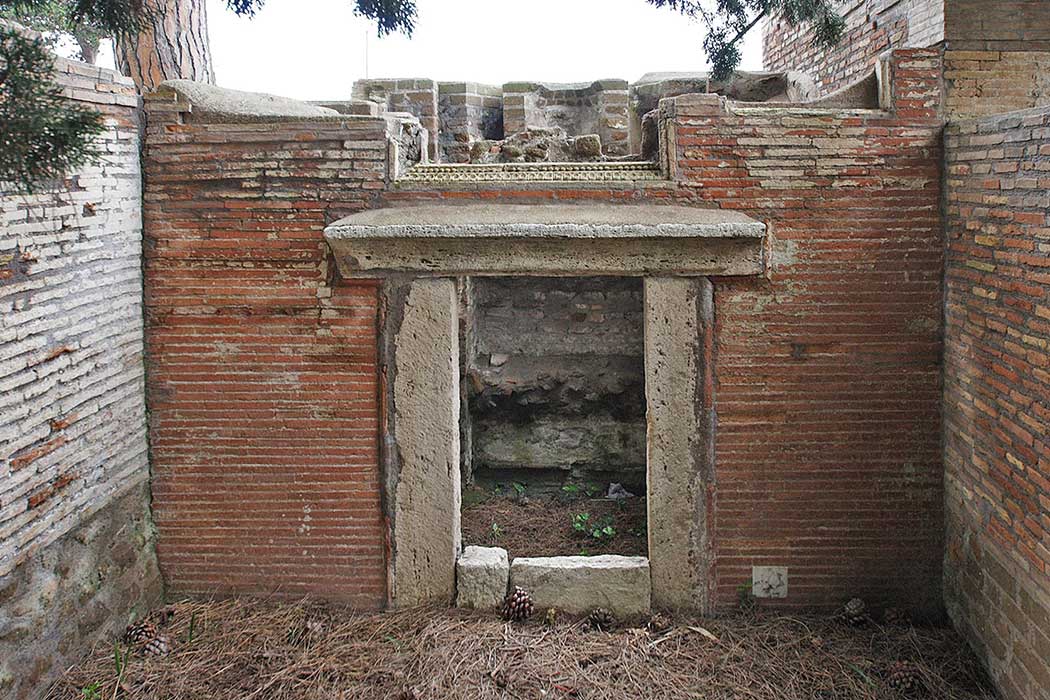
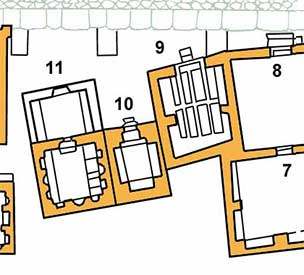 Tomb 10 lies a little bit away from the Via Severiana and is wedged in between tomb 11 and (partly) tomb 9.
Tomb 10 lies a little bit away from the Via Severiana and is wedged in between tomb 11 and (partly) tomb 9.
The facade of this grave and that of the burial chamber of tomb 11 lie in one line and are oriented towards the street. In contrast with tomb 11 there was no enclosure in this tomb.
The inscription above the entrance has disappeared. Only a part of the original cornice has been preserved, as well as the places where two reliefs were attached on the wall. These two reliefs too have not been found.
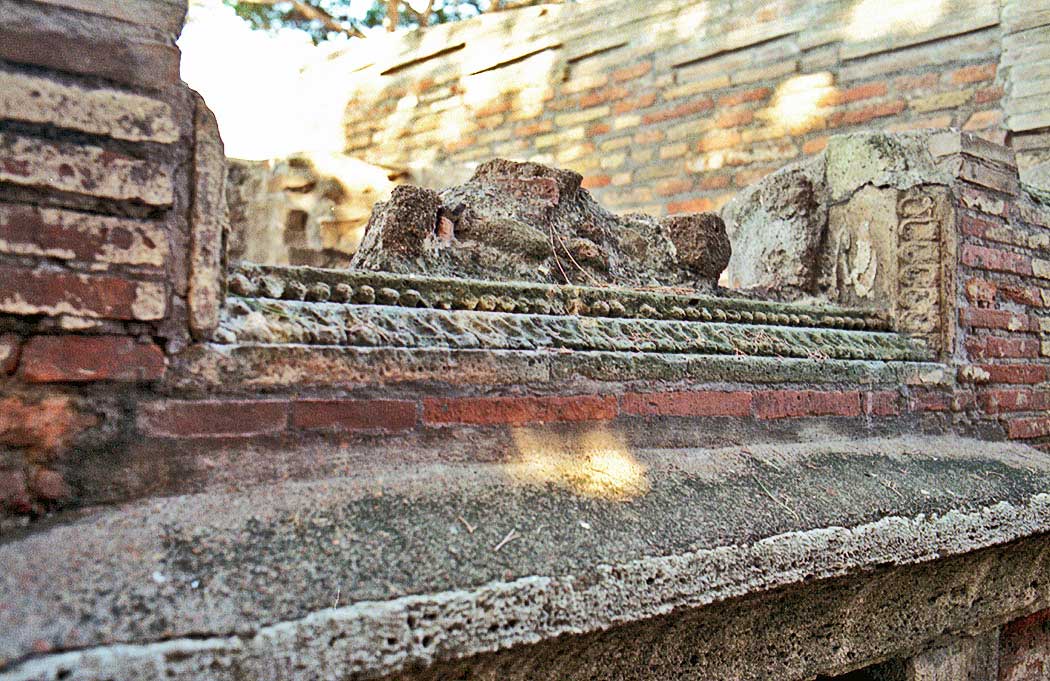
In the lower part of the walls of the burial chamber we see a double row of arcosolia with on top of them a row of semicircular niches. We can estimate the date only in comparison with other tombs in this necropolis. The grave itself does not give a clue.
The most likely dating is about 170 AD.
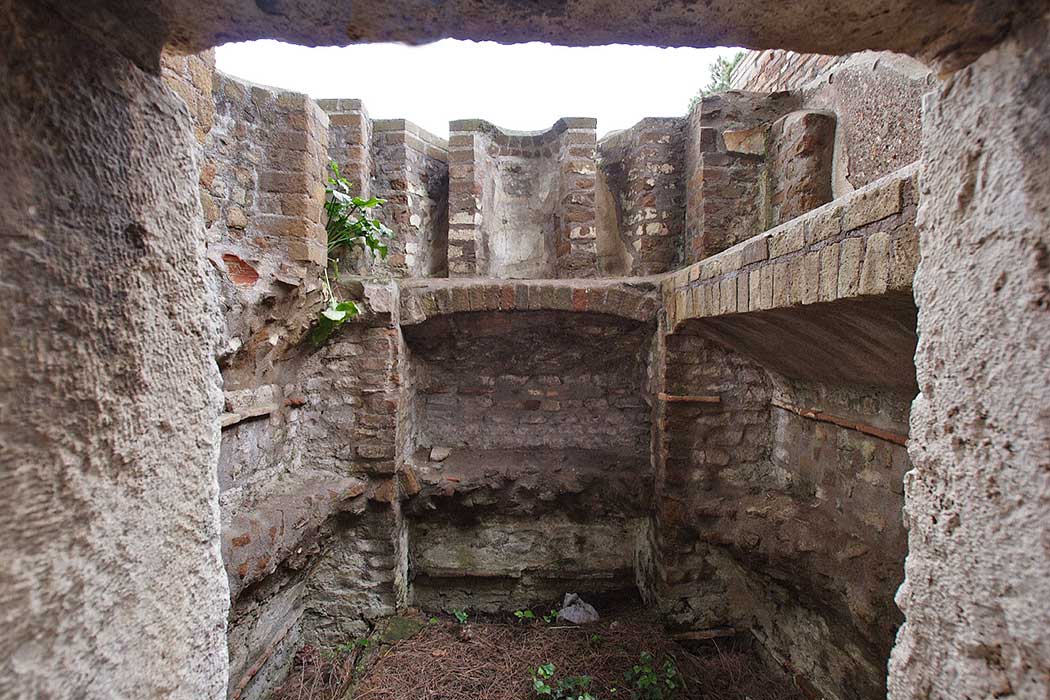
- Sources
- Russel Meigs - Roman Ostia, At the Clarendon Press 1973
- Guido Calza - Necropoli nell'Isola Sacra'(1940)
- Dr. Jan Theo Bakker.
- Hilding Thylander - Inscriptions du port d'Ostie (Lund C W K Gleerup 1952).
- Ida Baldassare, Irene Bragantini, Chiara Morselli and Franc Taglietti - Necropoli di Porto, Isola Sacra (Roma 1996).
Isola Sacra Index (D)

Speciale sectie over de Romeinse begraafplaats van Portus (Engels)....
Weiterlesen ...Leptiminus (Englisch))
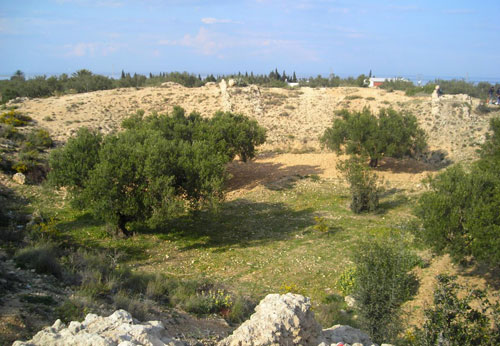
At the site of present-day Lamta on Tunisia's east coast, there was already a port city named Leptis Minor ....
Weiterlesen ...Römisches Seehandelsrecht (Englisch)

Roman law is the finest monument that Rome bequeathed to Western Europe....
Weiterlesen ...Sullecthum (Salakta) Englisch

In the Sahel, in the Tunisian province of Madhia, we find by the sea the small town of Salakta....
Weiterlesen ...Colonia Julia ad Turrem Libisonis (Englisch)

.....probably founded by Julius Ceasar around 46 BC, was located in the north-west of Sardinia.
Weiterlesen ...
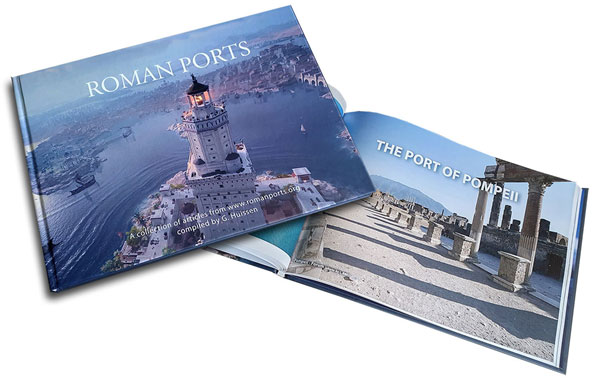
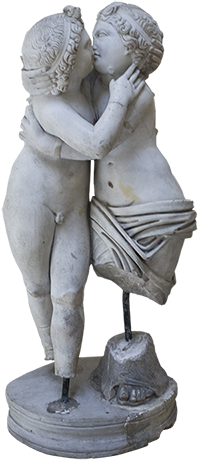 We are committed to providing versions of our articles and interviews in several languages, but our first language is English.
We are committed to providing versions of our articles and interviews in several languages, but our first language is English.